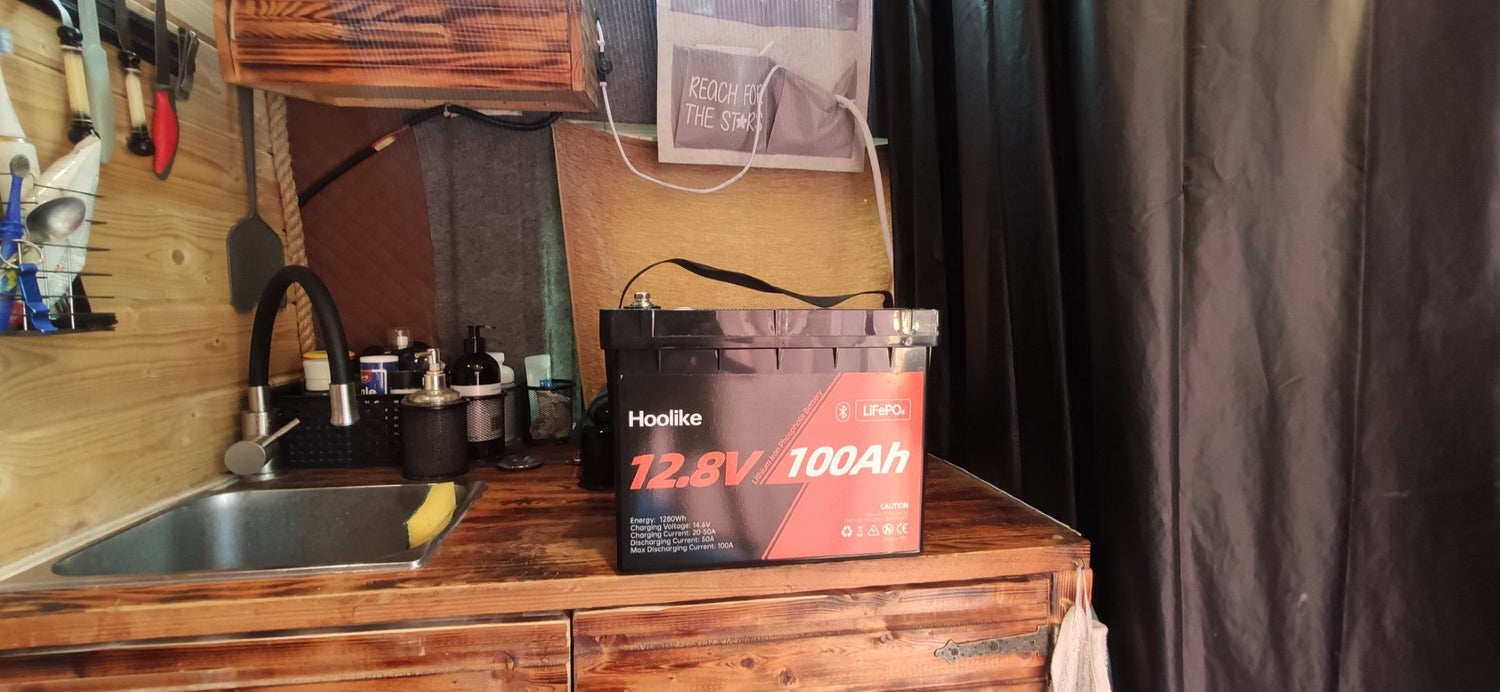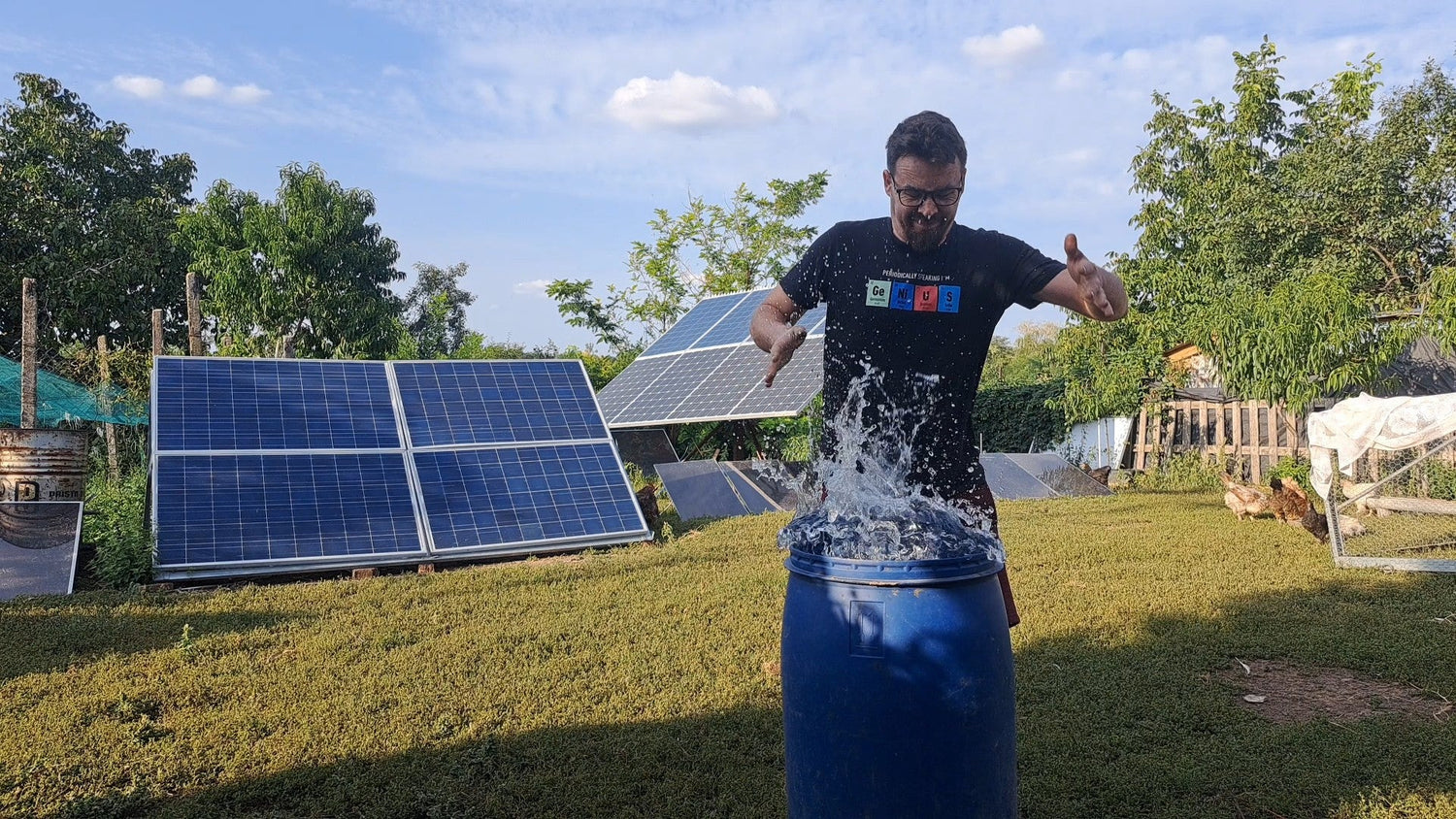Getting to know lifepo4 batteries
The global push towards sustainable energy solutions has placed an increasing emphasis on battery technology. Among the emerging solutions, Lithium Iron Phosphate (LiFePO4) batteries have gained popularity due to their eco-friendly properties, long lifespan, and ability to reduce greenhouse gas (GHG) emissions. With the rising concerns about climate change, industries, businesses, and consumers are shifting towards green energy alternatives to limit their carbon footprint.

Understanding Greenhouse Gas Emissions and Energy Storage
Greenhouse gas emissions primarily come from burning fossil fuels for electricity, transportation, and industrial applications. Traditional energy storage systems, particularly lead-acid batteries and fossil-fuel-dependent power sources contribute significantly to these emissions.
The transition to renewable energy sources such as solar and wind power is critical in reducing dependence on fossil fuels. However, these energy sources require efficient storage systems to provide power when sunlight or wind is unavailable. This is where LiFePO4 batteries play a pivotal role in bridging the gap between renewable energy generation and sustainable storage.
How LiFePO4 Batteries Reduce Greenhouse Gas Emissions
1. Enabling Renewable Energy Adoption
One of the key ways LiFePO4 batteries help reduce greenhouse gas emissions is by enabling wider adoption of solar, wind, and other renewable energy sources. These batteries efficiently store excess renewable energy and provide power during peak demand or low generation periods. By improving the reliability of renewable energy, LiFePO4 battery systems reduce dependence on coal, gas, and oil-generated electricity, thus cutting down CO₂ emissions.
2. High Energy Efficiency and Low Energy Loss
Compared to other battery chemistries, LiFePO4 batteries have higher energy efficiency, with a round-trip efficiency of over 95%. This means that almost all the energy stored in these batteries is available for use, unlike lead-acid batteries, which suffer significant energy losses during charging and discharging. Higher efficiency translates to less wasted energy and reduced reliance on fossil-fuel-powered backup systems.
3. Longer Lifespan Reduces Waste and Carbon Footprint
LiFePO4 batteries have a significantly longer lifespan compared to traditional lead-acid and lithium-ion batteries. They can last up to 10 years or more, with thousands of charge-discharge cycles. The extended lifespan means fewer replacements, less battery waste, and lower energy consumption in battery production. This indirectly reduces the emissions associated with manufacturing, transportation, and disposal of batteries.
4. No Harmful Emissions During Operation
Unlike internal combustion engines (ICEs) and fossil-fuel-powered generators, LiFePO4 batteries do not emit carbon dioxide (CO₂), methane (CH₄), or other harmful pollutants during operation. This makes them an ideal solution for applications such as electric vehicles (EVs), home energy storage, and industrial power backup systems, all of which contribute to reducing overall GHG emissions.
5. Sustainable Manufacturing and Recycling Potential
The production of LiFePO4 batteries has a lower environmental impact compared to other lithium-based batteries that contain cobalt or nickel, which require energy-intensive mining processes. Additionally, LiFePO4 battery materials are non-toxic and more recyclable, reducing waste and the carbon footprint associated with battery disposal.

Applications Driving a Low-Carbon Future
Electric Vehicles (EVs) Revolution
Electric vehicles powered by LiFePO4 batteries are transforming the transportation industry by eliminating tailpipe emissions. Unlike gasoline and diesel-powered vehicles, EVs running on LiFePO4 battery packs drastically cut down on CO₂ emissions per mile traveled. As more nations adopt EV-friendly policies, GHG emissions from transportation are expected to drop significantly.
Residential and Commercial Energy Storage
Homeowners and businesses are increasingly investing in LiFePO4-based solar energy storage systems to reduce reliance on fossil-fuel-powered grids. By storing excess solar energy, users can power their homes and offices with clean energy, thereby lowering their carbon footprint.
Industrial and Grid Energy Solutions
Industries and power grids are integrating LiFePO4 battery storage to balance energy loads, store excess renewable energy, and provide stable backup power. This reduces the reliance on coal-fired power plants and helps businesses meet sustainability goals.
Final thoughts
The adoption of LiFePO4 batteries is a crucial step toward achieving a low-carbon future. By enabling the widespread use of renewable energy, increasing efficiency, and reducing reliance on fossil fuels, these batteries play a direct role in cutting greenhouse gas emissions. With ongoing advancements in battery technology and recycling, LiFePO4 batteries are set to become a cornerstone of sustainable energy solutions for decades to come.
As individuals, businesses, and governments continue to prioritize clean energy, the demand for LiFePO4 battery systems will rise, further solidifying their impact in the fight against climate change.





